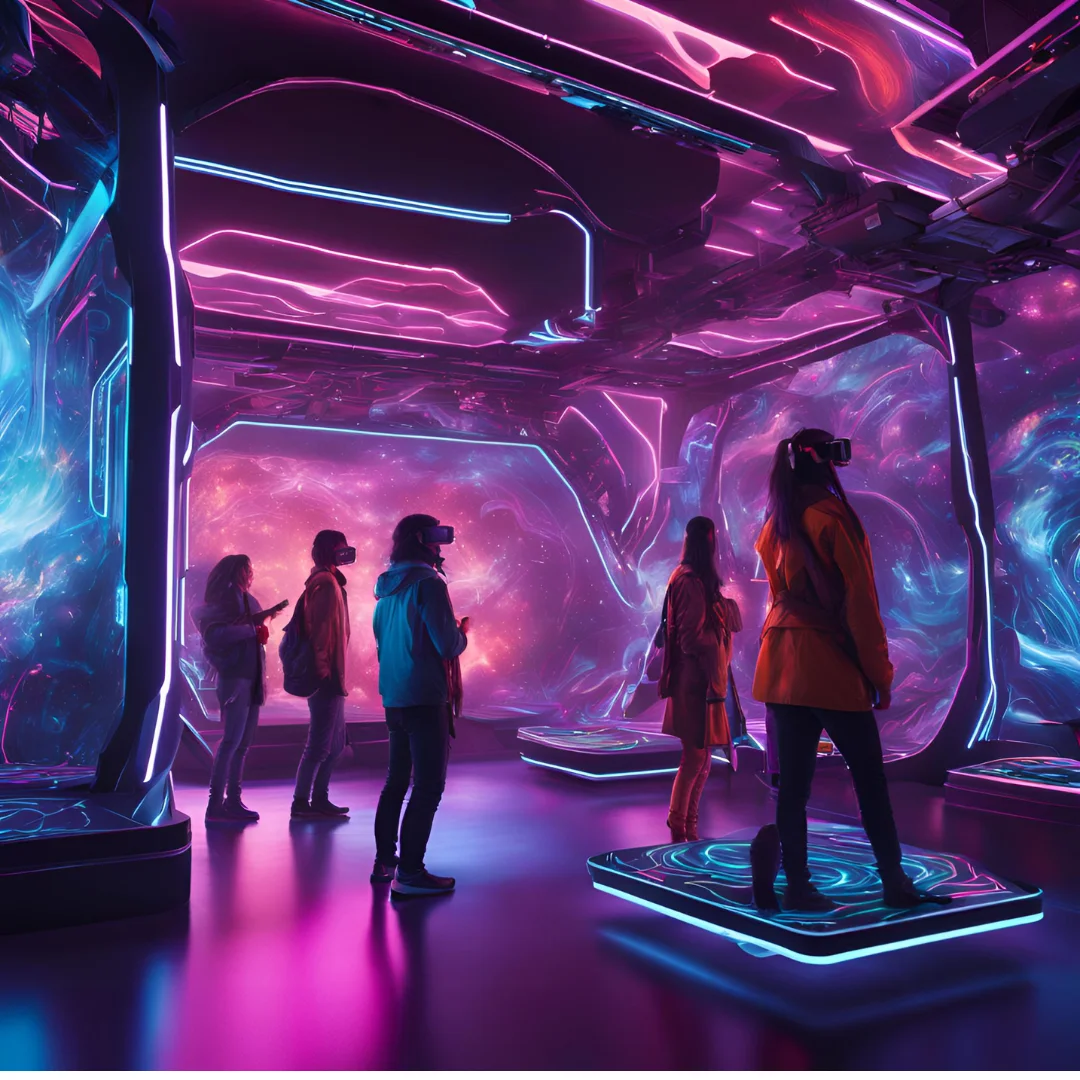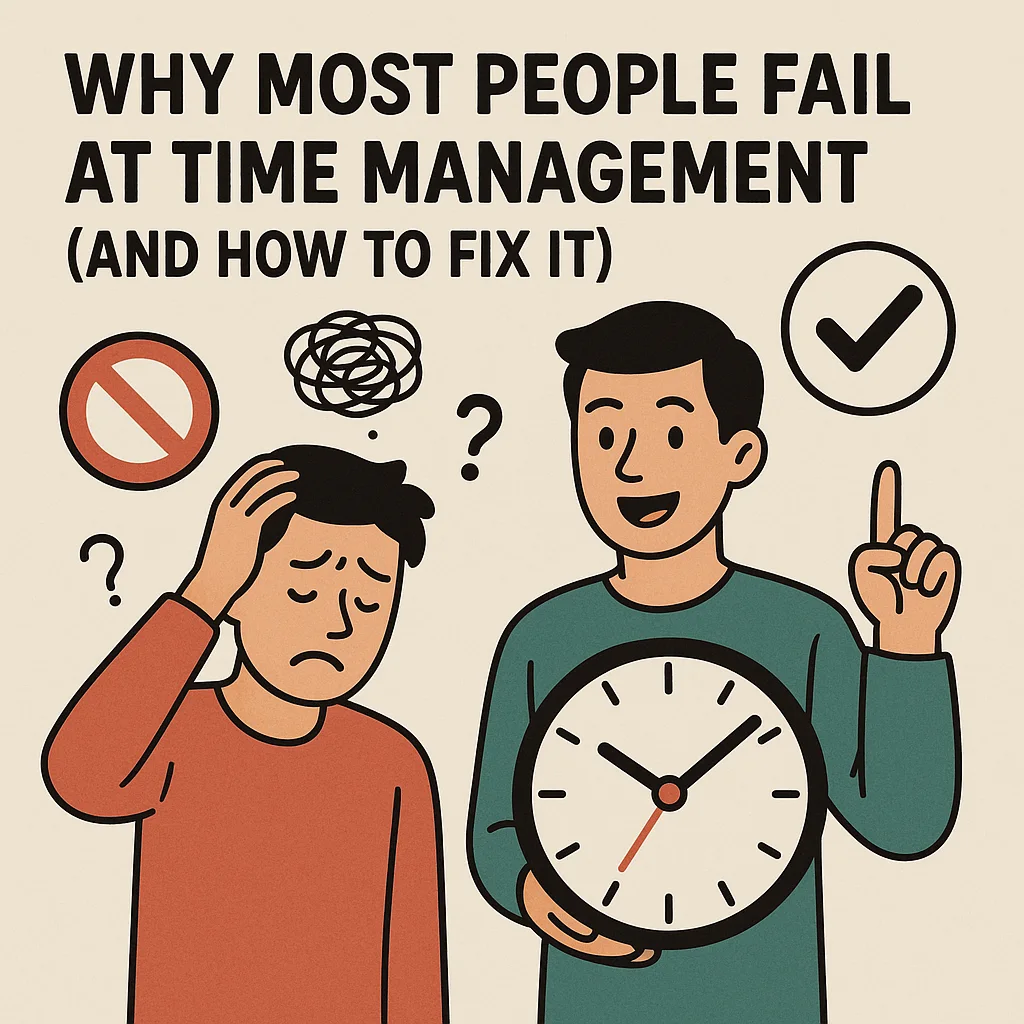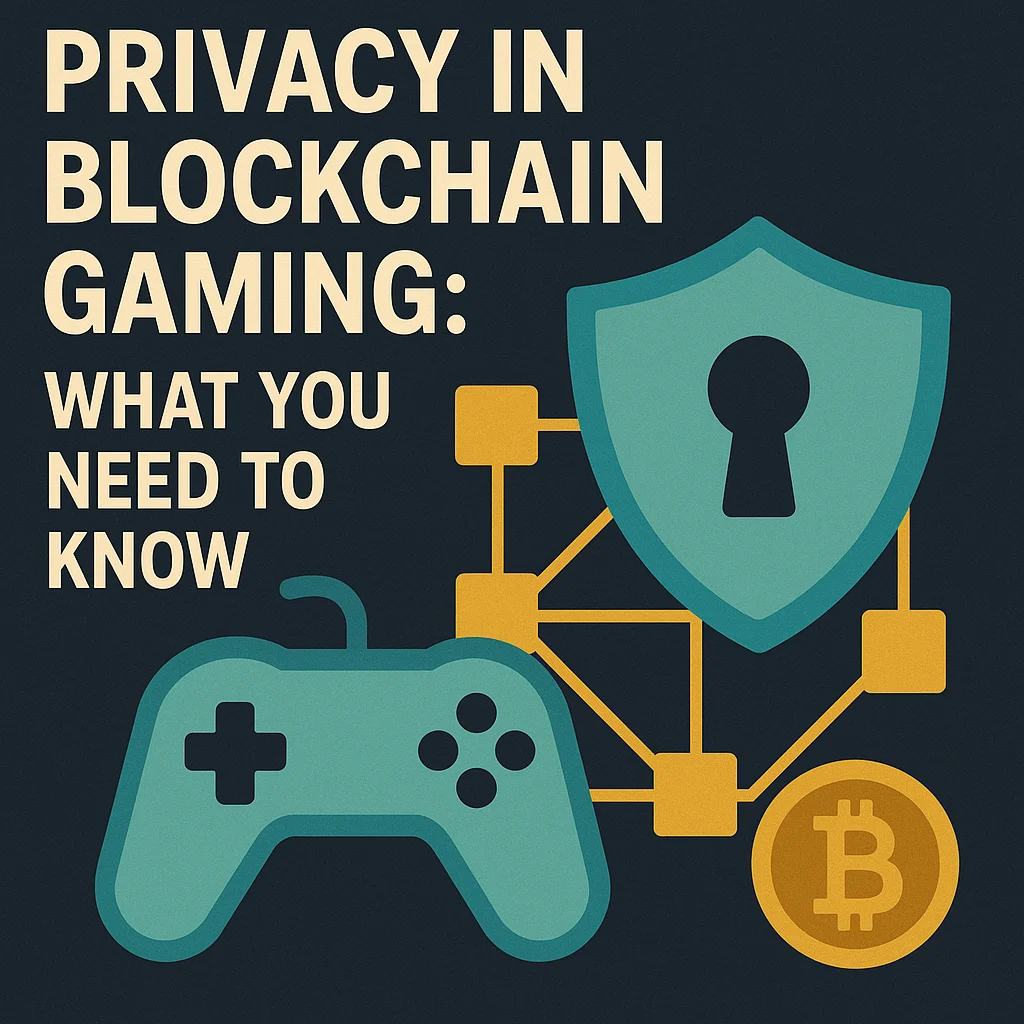A revolutionary development in technology, extended reality (XR) blends the real and virtual worlds to produce immersive experiences. Virtual reality (VR), augmented reality (AR), and mixed reality (MR) are all included in this broad phrase. XR technologies are changing how we engage with digital material and the environment around us. This blog will examine the various aspects of extended reality, encompassing its technologies, uses, obstacles, and potential paths forward.
Understanding Extended Reality
Extended Reality (XR) integrates immersive technologies that extend our interaction with the environment. It encompasses:
-
Virtual Reality (VR): produces a digital environment that is completely immersive and takes the place of reality.
-
Augmented Reality (AR): adds extra information to the real environment by superimposing digital stuff over it.
-
Mixed Reality (MR): combines VR and AR features to enable real-time interaction and coexistence between digital and physical items.
Historical Background
XR technologies have a rich history of development:
-
1960s: The "Sword of Damocles," the first head-mounted display invented by Ivan Sutherland, was a major advancement in virtual reality technology.
-
1990s: The gaming industry started experimenting with virtual reality (VR) after Tom Caudell developed AR technology for industrial uses.
-
2000s-2010s: As consumer VR headsets like the Oculus Rift and smartphone augmented reality apps like Pokémon GO gained traction, innovation and mass acceptance followed.
Key Technologies
XR technologies rely on sophisticated hardware and software:
-
Head-Mounted Displays (HMDs): Head-mounted VR and AR devices, like the HTC Vive and Oculus Rift, offer immersive experiences.
-
Sensors and Cameras: These use motion sensors, depth sensors, cameras, and other real-world data collection devices to follow user motions.
-
Software Platforms: The development and distribution of XR content are made possible by development tools such as Unity, Unreal Engine, ARKit, and ARCore.
Virtual Reality (VR)
Virtual Reality offers a fully immersive experience by creating a simulated environment. This section will explore its applications, benefits, and limitations.
Applications of VR
Gaming
VR has revolutionized the gaming industry, providing players with immersive worlds to explore. Popular VR games include:
-
"Half-Life: Alyx": With its intricate settings and engaging gameplay, this incredibly immersive first-person shooter game pushes the limits of virtual reality technology.
-
"Beat Saber": A fun and exciting rhythm game where players use virtual lightsabers to cut blocks that represent musical rhythms.
-
"The Walking Dead: Saints & Sinners": This VR survival horror game mixes strategy and warfare to let players explore a zombie-infested post-apocalyptic landscape.
Education and Training
VR is used for simulations in various fields, such as:
-
Medicine: Medical students can practice difficult procedures without taking real risks by doing virtual surgeries. Through VR simulations, students can hone their abilities and build their self-assurance in a safe setting.
-
Aviation: Pilots prepare for various scenarios through flight simulations, which improves their emergency reaction and overall skill set.
-
Engineering: Before complicated machinery or structures are ever put into use, engineers can simulate and test them to find any problems and improve the designs.
Healthcare
VR is employed in therapeutic settings for various purposes:
-
Pain Management: Patients can be distracted from their suffering by virtual reality by putting them in relaxing or interesting situations. There is potential for this non-pharmacological method to lessen patients' sense of pain during medical operations.
-
Phobia Treatment: VR exposure treatment provides a safe and regulated environment for people to face and overcome their phobias. A person who is afraid of heights, for instance, can progressively introduce oneself to virtual settings that involve heights.
-
Rehabilitation: Virtual reality (VR) can help with physical rehabilitation by giving people recovering from surgery or accidents interactive activities and feedback. This gamified method improves patients' recuperation and stimulates them.
Challenges and Limitations
Hardware Requirements
High-quality VR experiences demand powerful hardware, including:
-
High-Resolution Displays: fast-resolution displays with a fast refresh rate are necessary for VR headsets in order to produce realistic visuals and minimize the screen-door effect.
-
Advanced Tracking Systems: A smooth virtual reality experience depends on precise monitoring of head and body motions. To record motion in real time, sensors and cameras are needed.
-
Powerful Computing Power: For VR applications to create intricate 3D worlds and interactions, a substantial computing power requirement exists.
Motion Sickness
Some users experience motion sickness or discomfort when using VR, especially if:
-
Mismatch between Visual and Physical Motion: It can cause nausea and confusion when a VR user's motions are not matched by the images.
-
Latency and Lag: Motion sickness may arise from any lag in the VR system's reaction to the user's motions. To minimize this problem, latency reduction and system performance enhancement are essential.
Content Creation
Developing engaging VR content requires specialized skills and resources:
-
Complexity of Content Creation: It can take a lot of effort and resources to create interactive VR pieces and realistic settings. Physics, lighting, and user interaction are a few of the things that developers must take into account.
-
Limited Content Availability: In contrast to traditional media, there is currently a dearth of varied and excellent material available in virtual reality, despite the market's growth. Adding more content to the library is crucial to growing the user base and maintaining interest in virtual reality.
Augmented Reality (AR)
Augmented Reality enhances the real world by overlaying digital information on physical objects. This section examines its applications, benefits, and challenges.
Applications of AR
Gaming
AR games blend virtual elements with the real world, creating immersive experiences:
-
"Pokémon GO": Gamers utilize their cellphones to catch virtual Pokémon in actual places. The popularity of the game demonstrated AR's potential for user engagement and popularized the technology.
-
"Harry Potter: Wizards Unite": an augmented reality game that lets users explore their surroundings and come upon magical objects and monsters. Fans can interact with the Harry Potter universe through the game's use of augmented reality components.
Retail and Shopping
AR technology enhances the shopping experience by enabling:
-
Virtual Try-Ons: Before making a purchase, customers can utilize augmented reality (AR) apps to see how apparel, accessories, or cosmetics would look on them. This tool enhances the online buying experience by reducing the need for in-person try-ons.
-
Product Visualization: Customers can use augmented reality (AR) to see how appliances, furniture, and home décor will look in their homes before making a purchase. This feature lowers the possibility of returns while assisting customers in making knowledgeable judgments.
Education
AR applications provide interactive learning experiences:
-
Visualizing Historical Events: Students can engage in interactive historical exploration by using augmented reality (AR) apps to superimpose historical events or monuments onto the actual world.
-
Exploring Complex Concepts: AR applies 3D models or animations to textbooks or other educational materials to make complicated scientific or mathematical subjects easier for pupils to see and comprehend.
Challenges and Limitations
Hardware Constraints
AR experiences rely on mobile devices or smart glasses, which may have limitations:
-
Processing Power: The processing power of mobile devices may be restricted in comparison to dedicated AR systems, which could impact the complexity and quality of AR applications.
-
Battery Life: Using augmented reality apps can quickly deplete a mobile device's battery, which shortens the experience's length.
Environmental Factors
AR performance can be influenced by:
-
Lighting Conditions: Certain lighting conditions may be necessary for AR applications to function at their best. Tracking and object identification accuracy might be impacted by glare or poorly lit areas.
-
Availability of Suitable Surfaces: Appropriate surfaces are necessary for AR applications to place digital content. Applications for augmented reality may perform less accurately and effectively in areas with fewer flat or well-defined surfaces.
Privacy Concerns
AR applications that use cameras and sensors raise privacy concerns:
-
Data Collection: Images and videos from the user's environment may be gathered by augmented reality applications. Retaining user trust requires addressing privacy concerns and guaranteeing data safety.
-
User Surveillance: Concerns regarding possible user tracking and surveillance are raised by the use of augmented reality technologies. Addressing these issues requires transparent data practices and clear privacy regulations.
Conclusion
The dynamic and quickly developing field of extended reality is changing the way we interact with both the digital and physical worlds. Thanks to developments in VR, AR, and MR technology, XR presents intriguing opportunities for a range of sectors and uses. In order to realize XR's full potential and build a more immersive and linked environment, it will be imperative that we solve the issues and moral dilemmas around it.




